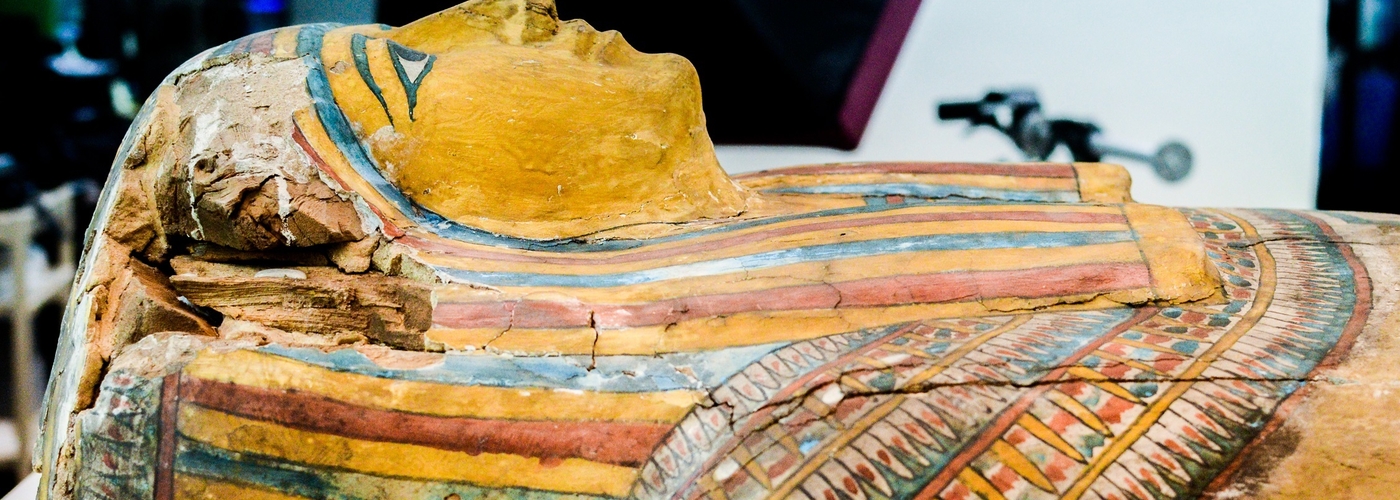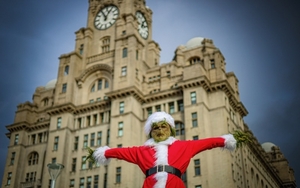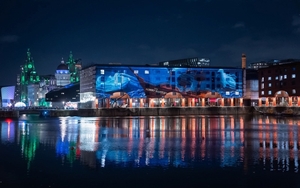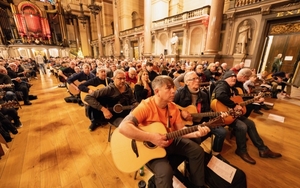Mummy Room reopens after 150 years. Rare artefacts under wraps no more
LIVERPOOL'S World Museum is to house the largest Ancient Egypt gallery outside of the British Museum in London.
It will feature rare and never-before-seen artefacts and mummies, including one from the days of Cleopatra.
National Museums Liverpool said its new “Ancient Egypt: A Journey Through Time" gallery will open at William Brown Street on April 28, revealing one of Britain’s most significant collections of Ancient Egyptian and Nubian antiquities.
It will expand into gallery space unused for 35 years to create the biggest ever display area for its ancient Egypt collection.
The extended gallery will see the reopening of World Museum’s Mummy Room for the first time in 150 years. With a total of ten mummies on display, the largest display of mummies in Britain outside of London.
The gallery will take visitors on a journey spanning 5,000 years from the time of the first settlers in the Nile Valley through to the impact of the Roman Empire.

• This mummy and his coffins have not been on display since the Blitz of 1941 in World War Two. Hor-wen-nefer was a royal relative who lived at a time when Egypt was under 300 years of Macedonian Greek rule which ended with Cleopatra. His coffin with a gilded face was described in 1839 as being one of the finest and best preserved of the kind in existence
The collections are presented in seven themes: 5000 Years; Collection Highlights; River Nile; People of Egypt; African Kingdoms; Afterlife and the Mummy Room. Visitors will find out about Liverpool’s long connection to excavations in Egypt and Sudan, and how thousands of artefacts made their way into the Museum.
World Museum’s Ancient Egypt collection has been amassed over more than 150 years, from the time when Liverpool was one of the main trading seaports in the world.
The new, enhanced gallery will see around 1,000 key objects displayed including many items that have never been on public display before, such as Djed-hor’s Book of the Dead - a four metre-long intact roll of papyrus dating from about 332 BC – displayed in full for the first time since its discovery in 1905. Other items that will be on display to the public for the first time include a recently identified statue part of Nefertiti and a mummified head decorated with a mask of more than 3,000 beads still in place after 2,600 years.
The larger gallery gives space to display objects damaged in 1941 when Liverpool was bombed in the Second World War. Following extensive conservation by the Museum’s dedicated team, a number of these items will be displayed for the first time in 76 years, including four mummies and their coffins, as well as artefacts from the royal city of Meroe in northern Sudan which were borrowed by the Louvre Museum in 2010 for an exhibition about ancient Egypt’s southern neighbours, the Kushites.
A spokeswoman for NML said: “The gallery will take visitors on a journey spanning 5,000 years of history from the time of the first settlers in the Nile Valley through to the impact of the Roman Empire.”
Also displayed for the first time since the museum was bombed in a German air raid 76 years ago will be four mummies and their coffins.
The atmospheric Mummy Room will have nine mummies on display – with an additional mummy on display in the main gallery space, four of which have not been on display since the museum closed following the 1941 bomb damage.

One of the two coffins of a lady called Taenty. (Dynasty 22 945 BC-715 BC). This mummy and two coffins have not been on display since the Blitz of 1941. From an undisturbed tomb found by John Garstang's excavations at Kostamneh in 1906 in a cemetery now flooded by Lake Nasser (it was a rescue excavation following the construction of the 1st Aswan dam that opened in 1902 and created Lake Nasser which over time submerged archaeological sites). It was donated to us by Theodore M Davis who sponsored Garstang's excavations that year. He was a famous rich American businessman and archaeologist who excavated tombs in the Valley of the Kings
A reassembled Predynastic burial (3500 BC), discovered in the desert sand in 1906 by John Garstang of the University of Liverpool, will also be on display for the first time.
World Museum director Steve Judd described the collection of mummies as world-renowned, adding: “By expanding the gallery, we look forward to wowing visitors with never-before seen objects displayed in new and exciting ways.”
The ten mummies in the new gallery will include four women, including a temple musician, a Nubian lady buried in her bedsheets, and two women in their late teenage years who were mummified in a very strange way; the embalmers skillfully wrapped the legs, fingers and toes individually but left the hair and scalp exposed. They also include five men and a five year old boy.

Larry Neild
















